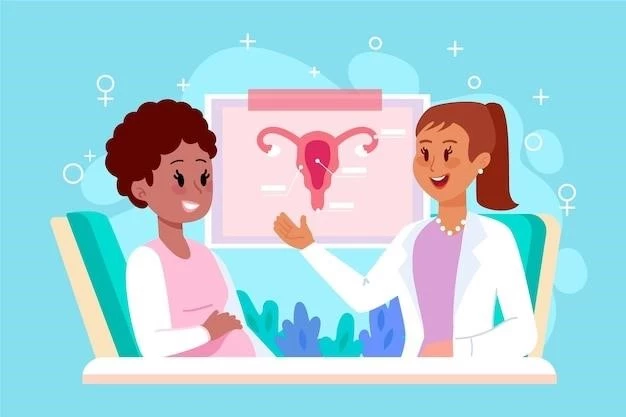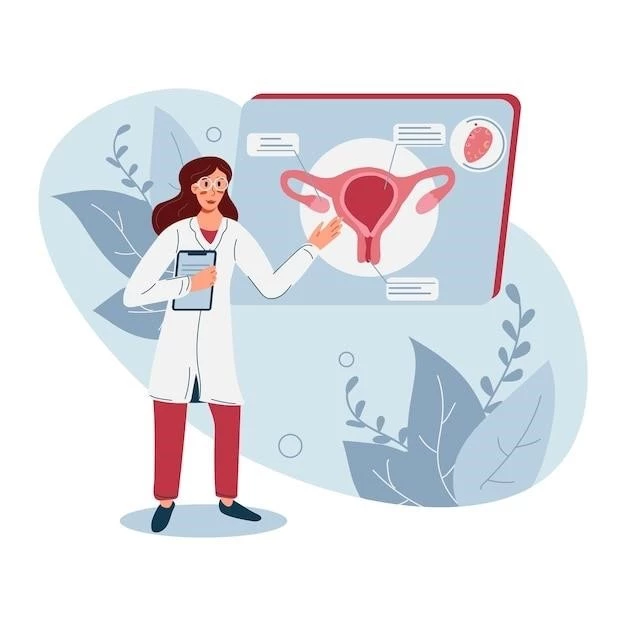Introduction to Ovarian Dwarfism
Dwarfism is a common endocrine system disease, with various causes like genetics, hormones, and ovarian insufficiency․ The medical definition is based on height deviations from the average population․
Dwarfism is medically defined as a condition where individuals have a height significantly below average for their age and sex, typically below two standard deviations or in the third percentile․ This stature disparity can result from various genetic, hormonal, and environmental factors․
Relation of Dwarfism to Genetics and Hormones
Dwarfism is intricately connected to genetics and hormones․ Genetic factors can play a significant role, leading to various types of dwarfism․ Hormones, especially those related to ovarian function, also impact growth and development, contributing to different forms of dwarfism․
Definition of Dwarfism
Dwarfism is a medical condition defined by significantly below-average height for age and sex, usually below two standard deviations or in the third percentile․
The distinction between primary and secondary ovarian deficiency in ovarian dwarfism lies in the origin of the ovarian dysfunction․ Primary ovarian deficiency results from issues within the ovaries themselves, while secondary deficiency stems from pituitary failure to stimulate ovarian function, leading to distinctive clinical and laboratory differences․
Distinctive Differences in Clinical Picture
Clinically, primary and secondary ovarian deficiencies in ovarian dwarfism exhibit unique characteristics in terms of symptoms, physical manifestations, and hormonal imbalances․ These differences aid in accurate diagnosis and treatment planning for individuals affected by ovarian dwarfism․

Types of Dwarfism Related to Ovarian Dysfunction
Primordial Dwarfism and Premature Ovarian Insufficiency are two prominent types linked to ovarian dysfunction, showcasing distinct characteristics and implications for affected individuals․
Primordial Dwarfism
Primordial dwarfism is a rare form of severe proportionate dwarfism, characterized by individuals being significantly smaller in all stages of life, including before birth․ This condition presents unique challenges during pregnancy and may have implications for overall health․
Primary vs․ Secondary Ovarian Deficiency
Primary ovarian deficiency originates within the ovaries, while secondary ovarian deficiency results from pituitary failure affecting ovarian function․ These distinctions influence the treatment and management of ovarian dwarfism․
Treatment Options for Ovarian Dwarfism
Surgical Procedures for Disproportionate Dwarfism and Hormone Replacement Therapy are two main treatment options utilized for ovarian dwarfism management․
Premature Ovarian Insufficiency
Premature Ovarian Insufficiency (POI) refers to the early loss of normal ovarian function before the age of 40․ This condition impacts women’s reproductive health and can lead to various symptoms like dwarfism, hearing loss, and eyelid tumors, requiring specialized clinical management․
Hormone Replacement Therapy
Hormone replacement therapy plays a crucial role in managing ovarian dwarfism by restoring hormonal balance and addressing the deficiencies that impact growth, development, and overall health․
Associated Complications and Care for Ovarian Dwarfism
Regular checkups and ongoing care are crucial for individuals with ovarian dwarfism to address potential complications, while extended limb lengthening surgery can be considered in some cases․
Regular Checkups and Ongoing Care
Continuous monitoring through regular checkups and ongoing care is vital for individuals with ovarian dwarfism to manage associated complications effectively․ These routine assessments enable timely interventions to address potential issues and ensure optimal health outcomes․
Extended Limb Lengthening Surgery
Extended limb lengthening surgery is a controversial procedure that some individuals with dwarfism opt for to increase their height․ This surgical intervention involves risks and requires careful consideration due to its physical and emotional implications on the individual․

Diagnosis and Management of Ovarian Dwarfism
Diagnostic procedures for dwarfism involve assessing growth patterns, hormonal levels, and genetic factors․ Specialists like endocrinologists and geneticists play a crucial role in the comprehensive management of ovarian dwarfism․
Diagnostic Procedures for Dwarfism
Diagnostic procedures for dwarfism involve assessing growth patterns, hormonal levels, and genetic factors․ These evaluations help identify the underlying causes of dwarfism and guide appropriate treatment strategies tailored to each individual’s specific condition․
Specialists Involved in Treatment
Specialists involved in the treatment of ovarian dwarfism may include endocrinologists, geneticists, and reproductive endocrinologists․ These professionals play a pivotal role in diagnosing and managing the condition effectively, providing a multidisciplinary approach to care․
Preventive Measures and Coping Strategies
Steps to help individuals with dwarfism function independently involve adapting living spaces, using adaptive equipment, seeking emotional support, and advocating for disability rights․
Steps to Help Individuals with Dwarfism Function Independently
Adapting living spaces, utilizing adaptive equipment, seeking emotional support, and advocating for disability rights are crucial steps to help individuals with dwarfism function independently and navigate daily challenges effectively․
Support for Children and Adults with Dwarfism
Children and adults with dwarfism benefit from strong support systems that include psychological counseling, social support groups, and access to resources that help them overcome challenges and foster a positive self-image․
